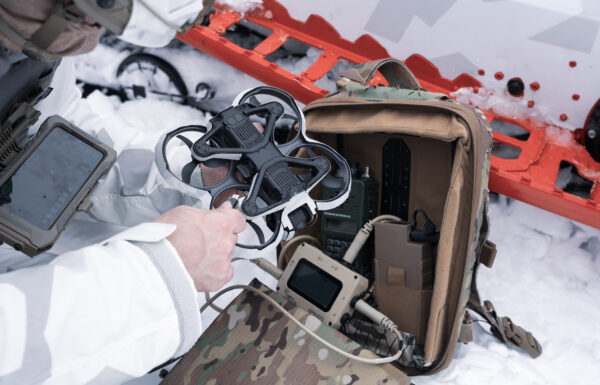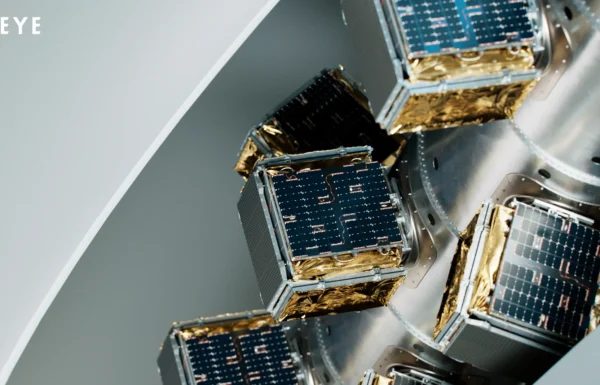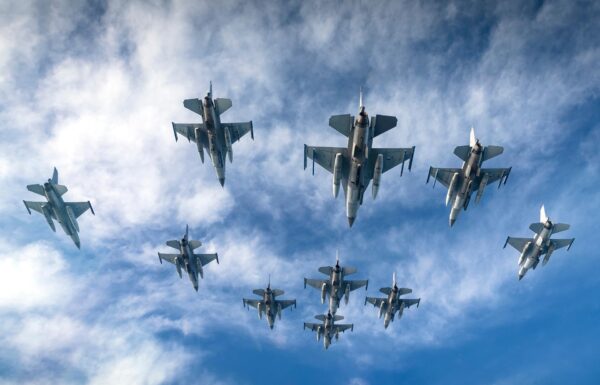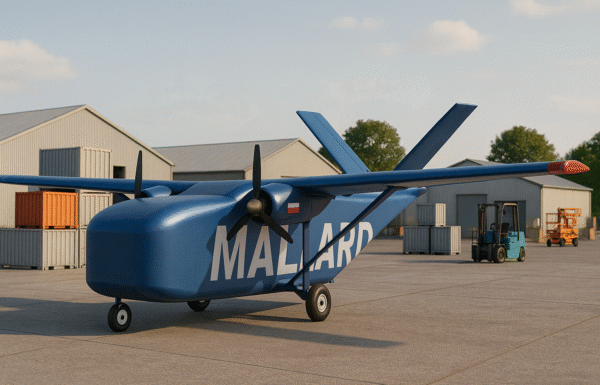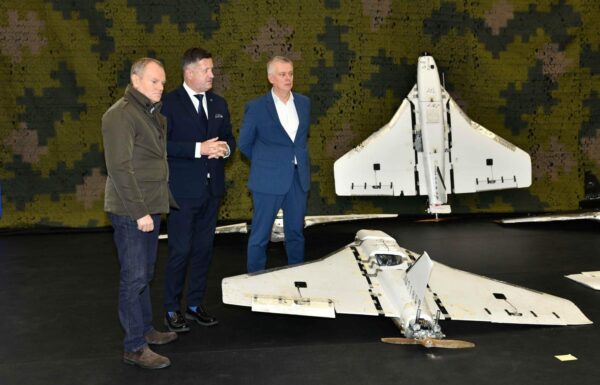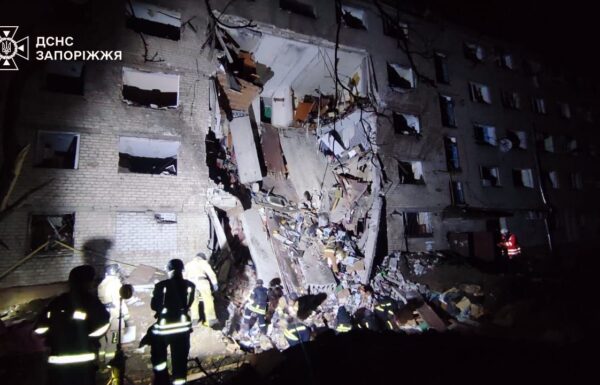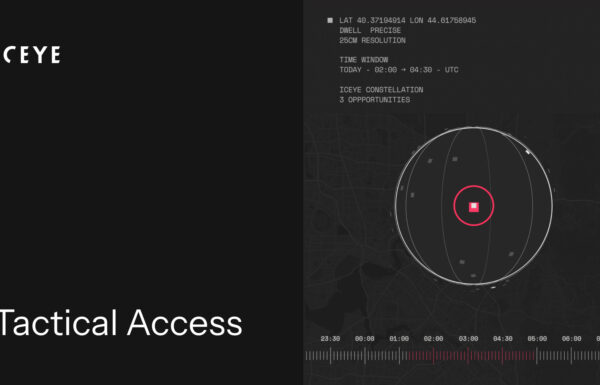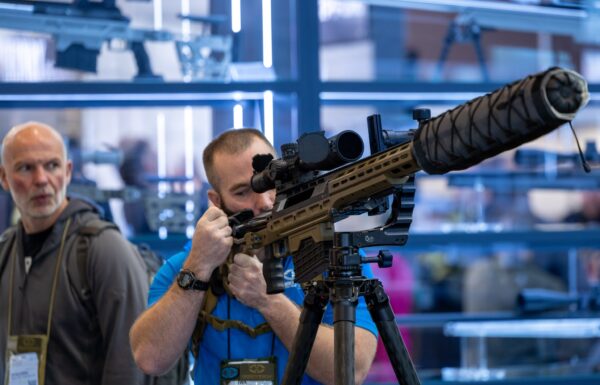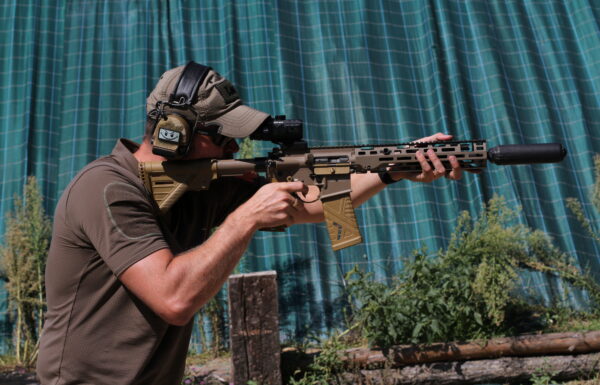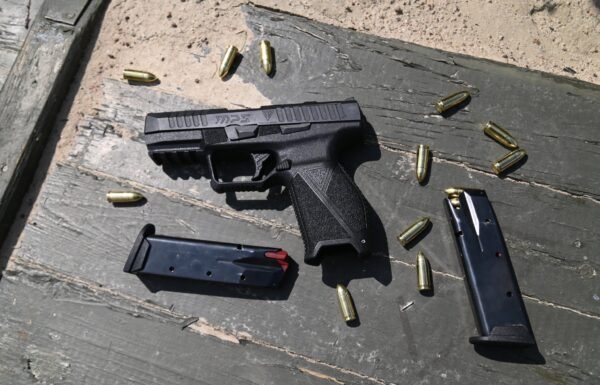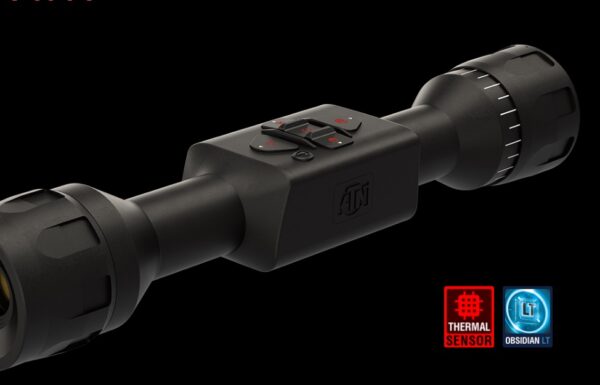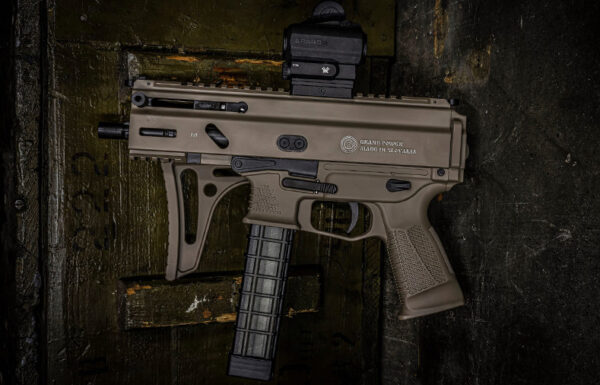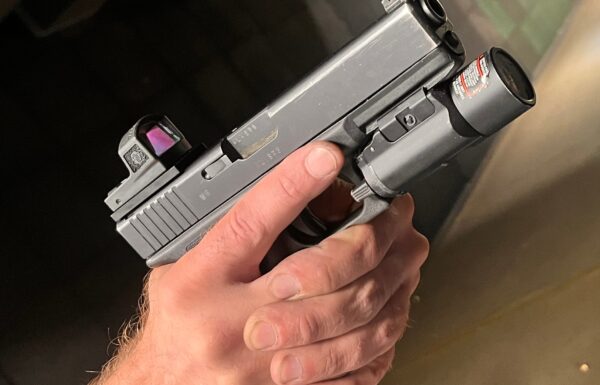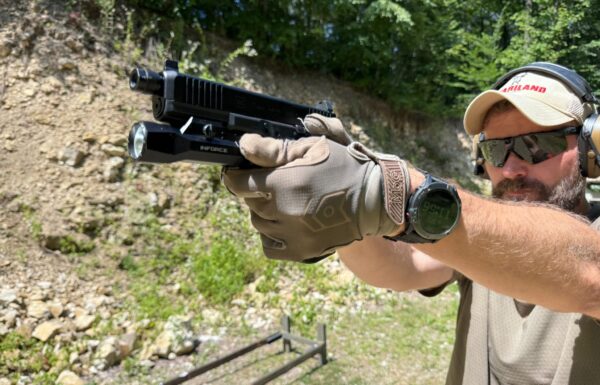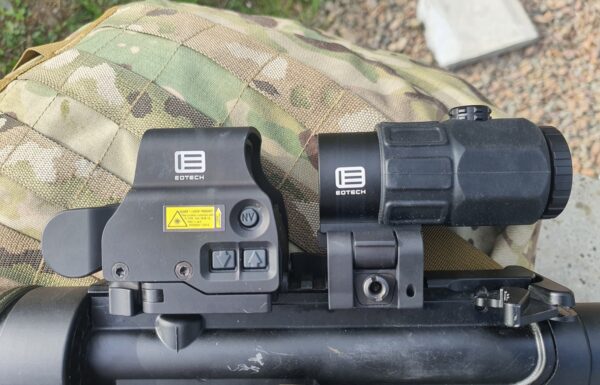On Monday, April 15, 2024, the defense outlet USNI News was the first to reveal, citing sources in the U.S. Department of Defense, that the U.S. Navy used RIM-161 Standard Missile SM-3 Block IIA surface-to-air missiles in combat for the first time. This occurred during the defense support of Israel against an Iranian missile attack on the night of April 13 to 14 this year.
In the Iranian retaliatory attack on Israel, a total of 130 drones, 30 cruise missiles (25 of which were intercepted outside Israeli territory), and 120 ballistic missiles (7 of which breached the defenses) were launched. Israel was directly supported by the armed forces of the USA, the UK, France, and Jordan.
As reported, two Arleigh Burke Flight I-class U.S. guided-missile destroyers operating in the eastern Mediterranean Sea, USS Arleigh Burke (DDG-51) and USS Carney (DDG-64), launched between four and seven SM-3 Block IIA interceptors. These missiles destroyed between four and six Iranian ballistic missiles, likely of the Emad type, as such were mostly used by Iran, though many sources noted the use of Gadr-110, Khaybar Shekan, and Dezful missiles. It is worth adding that USS Carney (DDG-64) defended Israel for the second time in recent months, having shot down four cruise missiles and 15 drones launched by the pro-Iranian Houthi movement on October 19 last year.
Additionally, in the recent attack, a U.S. MIM-104 Patriot anti-aircraft and anti-missile battery shot down an Iranian ballistic missile near Erbil, Iraq. Over 100 other missiles were intercepted by Israeli Arrow-2 and Arrow-3 (Hetz-2 and -3) missile defense systems over Israel and neighboring countries.
Senior admin official: USS Carney and Arleigh Burke shot down 4-6 ballistic missiles from Eastern Mediterranean. US Patriot missile battery shot down ballistic missile near Erbil. Rest of 100 Iranian ballistic missiles were shot down by Israel’s Arrow 2 and 3 missile defense…
— Jennifer Griffin (@JenGriffinFNC) April 14, 2024
According to a senior U.S. defense official:
No U.S. carrier aircraft engaged Iran’s incoming missiles – in others no aircraft from the USS Eisenhower (or Ike) carrier strike group which is in the Red Sea engaged Iran’s missiles or drones last night
The USS Carney, a destroyer…
— Jennifer Griffin (@JenGriffinFNC) April 14, 2024
The combat debut of the RIM-161 Standard Missile SM-3 Block IIA is significant from a Polish perspective. 24 such missiles are part of the armament of the Aegis Ashore Missile Defense System (AAMDS) installation at the US Navy Redzikowo Naval Support Facility (NSF) near Słupsk, which was commissioned in December last year and will begin combat duty in July this year.
The three-stage SM-3 Block IIA interceptor missile, developed under the third phase of NATO’s European Phased Adaptive Approach (EPAA) program in cooperation with Japan (the only export user; South Korea chose an undisclosed version), is designed to destroy short, medium, and intermediate-range ballistic missiles (from 500 to 5000 km). The missile, which does not have a conventional warhead with an explosive charge, destroys targets in space solely using kinetic energy. The impact force of the missile’s kill vehicle is equivalent to that of a 10-ton truck moving at over 960 km/h. This method of target engagement is known as hit-to-kill.
The SM-3 Block IIA is equipped with an enhanced kinetic warhead, which has improved functions for searching, identifying, targeting, and tracking. During its first test firing with this warhead, conducted in early 2017, the missile successfully intercepted an advanced ballistic target.


